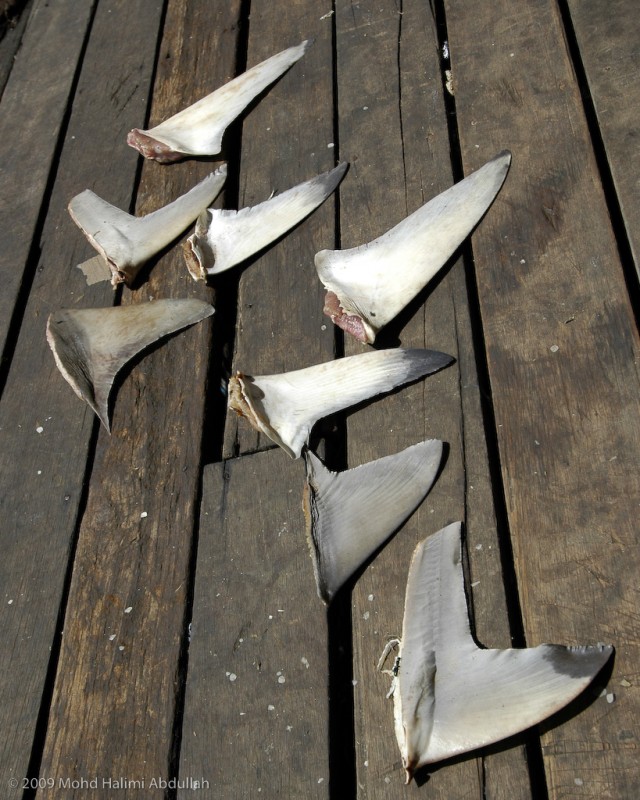Sharks Population Drops as Measures Taken

KOTA KINABALU: The shark population in Sabah waters has dwindled significantly in the last 20 years, a forum was told recently.
And the time has come for a “balanced” alternative to be reached consensually for the shark species to thrive and be protected.
This was one of the topics debated during an open forum on Shark Fishing and Conservation, held in Semporna recently, which was well attended by representatives from the relevant Federal and State departments, including the Fisheries department, district office, tourism stakeholders, restaurant associations, shark experts, and the local fishing community.
Presentations and discussions were based around the research on sharks, their current status in Sabah waters, the proposed protection and issue that affect relevant stakeholders among others.
There were many views and presentations debated by different parties during the forum on the pros and cons of protecting sharks.
However, scientists and fishermen consensually agreed that the number of sharks in Sabah has indeed dropped drastically.
Dr. James Alin from the School of Business and Economics, University Malaysia Sabah (UMS) pointed out that sharks brings in around RM192.5 million a year to Sabah against RM5 million through the imports and exports of sharks from the region.
He added that a holistic approach such as the Semporna Sharks Sanctuary proposed by Borneo Conservancy is needed as it will encourage collaborative management among community and stakeholders to ensure co-existence of various stakeholders and marine life.
Local residents and fishermen also pointed out that it is not shark alone that is in decline, fish stock in general too is following the same trend in Sabah waters.
Daniel Doughty, director of Borneo Conservancy said that the Semporna Shark Sanctuary will create green job opportunities for the local community as well as partnership with local universities, Fisheries Department and all stakeholders in its implementation.
The sanctuary will be the first shark sanctuary in South East Asia and will demonstrate areas where sharks can thrive and be protected, marine ecosystem can be restored and acceptable various used zone for relevant industries and stakeholders.
By introducing ecosystem-based management, it is aimed to also increase fish stocks to ensure the livelihood of the fishing community is taken care of, while supporting the needs of the tourism industry.
The partnership with the diving tourism industries will enable a robust sustainable financing mechanism to be created hence encourage ownership and sustainable funding to continue manage, protect and achieve its vision.
Doughty also presented to the Federal Government with a petition booklet containing over 38,000 signatures of support from many local and international NGOs, tourists, communities including those from overseas on the issues.
The outcome of the open forum was an overall support for the Semporna Shark Sanctuary with all parties being involved and local communities not being forgotten.
The Sanctuary would create a “win-Win” solution according to many including Mr. A.M Ibnu Haji A.K. Baba, the Semporna district officer.
“Not only it can protect an area that would increase shark population and its breeding grounds, it will also create positive outcome for the environment, various industries and local community alike,” he said.



